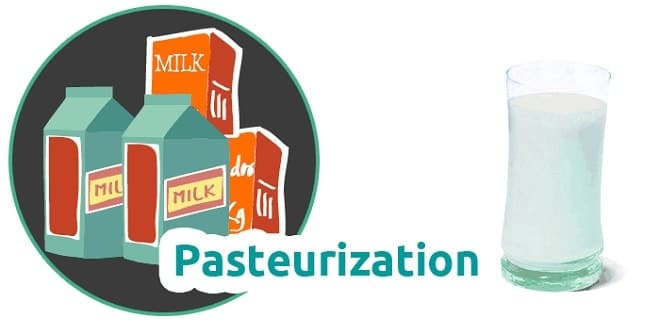Pasteurization and Blanching
PASTEURIZATION AND BLANCHING
PURPOSE OF THE PROCESSES
DESCRIPTION OF PROCESSING SYSTEMS
ESTABLISHMENT OF THE PASTEURIZATION PROCESS
DETERMINATION OF BLANCHING PROCESS
PROCESSES FOR PRODUCT QUALITY IMPROVEMENT
SUMMARY
Vocabulary
pasteurization blanching
mild \severe \batch-type \continuous
brucellosis tuberculosis Salmonella Listeria
enzyme inactivation
plate heat exchanger\ \a flow diversion
valve (FDV) \cooling medium\ \high
temp.-short-time (HTST) \
\ultra-high-temperature (UHT) \\conveyor tunnel
The processes that utilize relatively mild thermal treatments to achieve the desired results are pasteurization and blanching. Both processes apply thermal treatment to food products in an effort to improve the stability of the product during storage.
Although the magnitude of the thermal processes is similar, application of the processes involves two distinctly different types of food products. Pasteurization is most often associated with liquid foods, while blanching is most often associated with solid foods.
The magnitude of thermal treatment used for both processes is not sufficient to establish storage stability at room temperature. The criteria utilized in establishing these modest thermal treatments are rather specific and are different for different food commodities.
Purpose of Pasteurization Processing
Pasteurization is a mild thermal process applied to a liquid food to increase the product shelf life during refrigeration and to destroy vegetative pathogens (brucellosis and tuberculosis), Salmonella and Listeria.
In fruit juice ,to inactivate enzymes
…




